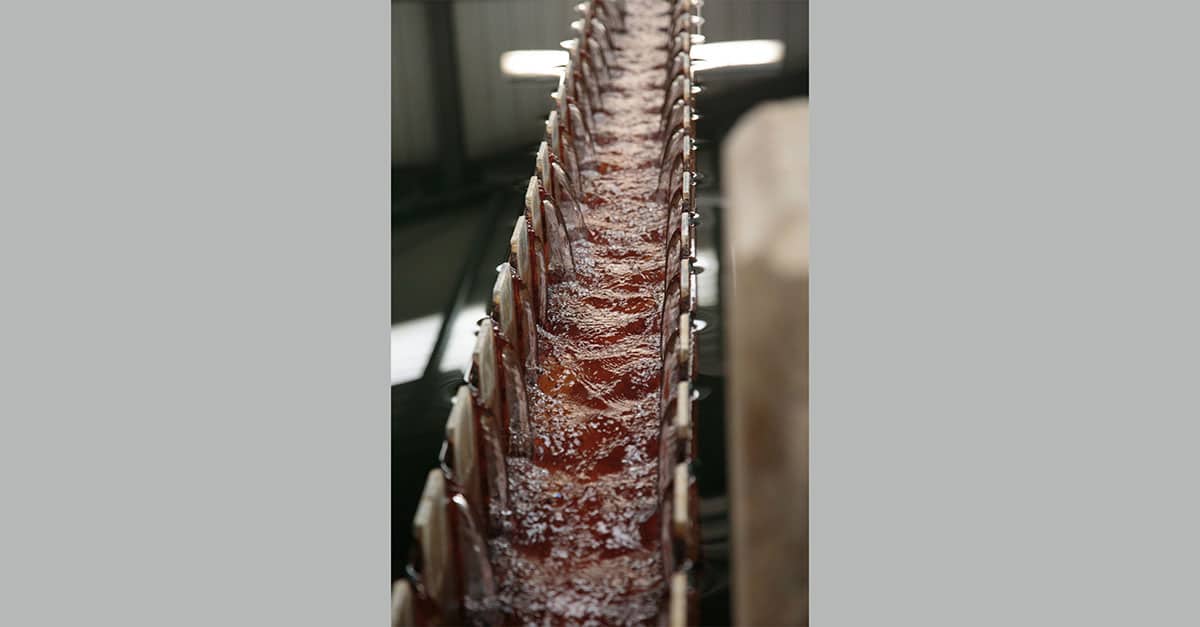Disruptive Technology for Water: Resource Recovery

In the third of his series of blog posts looking at disruptive technologies in the water sector, Matt Hale shines a light on benefits and challenges of resource recovery.
Resource recovery is a key aspect of a true circular economy. Not only are there the economic and environmental benefits from the products themselves, but every cubic metre of recycled or reused water results in a corresponding reduction in mains water demand and wastewater discharge. There are also benefits in terms of the energy and carbon footprints associated with material recovery when compared with primary extraction and processing, together with further environmental benefits arising from reduced waste disposal impacts.
As far as the wastewater industry is concerned, nutrients such as phosphorus from struvite are one of the prime contenders for nutrient recovery, although as the sector moves towards direct potable water reuse and advance technologies are adopted to remove a wider range of chemical compounds, the number of these which can be recovered and utilised elsewhere will also increase. Other valuable compounds that are beginning to be recovered include ammonia nitrogen and sodium-based products.
Various established and emerging technologies are utilised when recovering resources from wastewater, including membrane bioreaction, reverse osmosis, electrolysis, filtration and others. One of the most important processes is evaporation, which is used both to concentrate residues sufficiently to allow their economic extraction, and as part of the water purification process.
However, many of the processes involved in resource recovery, and evaporation in particularly, can have a high energy requirement, but there are ways to mitigate this and improve the overall energy efficiency of the process. HRS has produced a number of different evaporation units for use in wastewater treatment and resource recovery and energy efficiency is a key priority in their design. A typical HRS process might consist of three steps:
- Evaporation/concentration (using one or more evaporators depending on the materials involved and the level of concentration required) to levels above the saturation point at high temperature.
- Cooling down of the product to provoke the formation of salt crystals.
- Further crystallisation in specially designed tanks and separation of the crystals that are formed to allow them to be processed for use. In the third step, a supernatant layer of concentrated solution remains after separation of the crystals. This solution is returned to the second evaporator for concentrating again to above its saturation point.
Fouling is a real concern during these processes and will not only reduce the efficiency of the material recovery, but also reduce the energy efficiency of the overall process. HRS Unicus Series scraped surface heat exchangers are used to maintain thermal efficiency and remove fouling as it occurs. Coupled with HRS R Series coolers and custom-designed crystallisation tanks, the result is an efficient process which can work continuously without requiring scheduled downtime.
² Ver: Voutchkov, N.: Disruptive Innovation in the Water Sector. https://thesolutionsjournal.com/2020/05/14/disruptive-innovation-water-sector/
³ McKinsey Global Institute: Smart Cities: Digital Solutions for a More Liveable Future. https://tinyurl.com/y4nexe4t
Linked Articles: